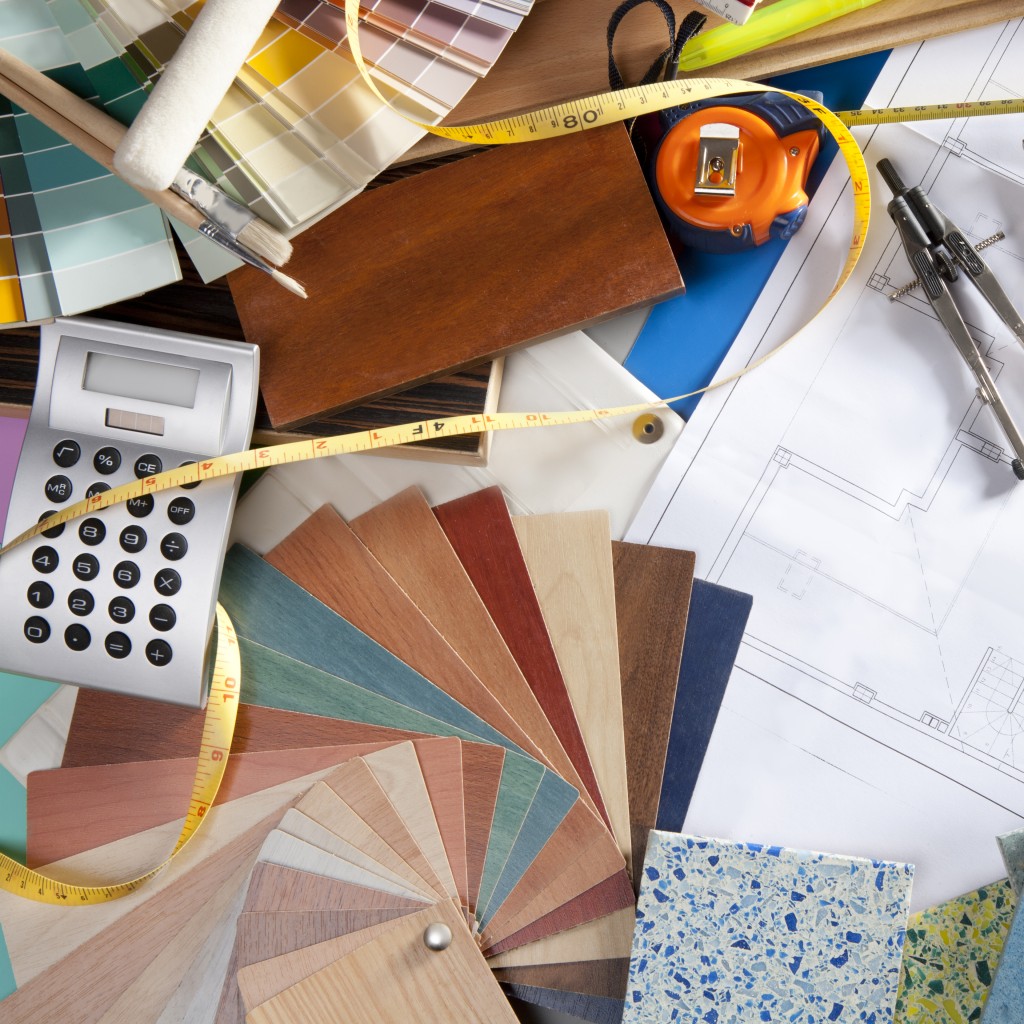With innate project management skills, you can go ahead with planning a home renovation. All you need is a notepad and pen, a laptop and Web connection, a place to think and your wits about you. Employing someone to plan and oversee the project may be beyond your means.
If you are confident and ready, you can keep costs down and start making important decisions by yourself.
Where to start
When the blueprints are already laid out on the table, you can take the necessary steps to get the gears going. Before you can build anything, you must have the raw materials required. Most people who attempt to plan and execute a significant renovation shy away from this task, and yet it is the most important step of all.
Procuring and purchasing materials is not for the faint-hearted. You must do it well, and everything has to work out right. When it is time to present a report of expenses to your family, you must be able to show them that costs are being kept down while maintaining high standards.
Sourcing appropriate materials
The first product you see may not be the finest fit. Don’t be in a perpetual hurry. Moreover, you could find high-quality timber cladding panels here in Melbourne from online merchants. Expand the list of possible sources and explore non-traditional merchants.
Local hardware stores might have a limited range of options. Since you are already dedicating resources to transform the look and appeal of your home, allot enough time to source the building materials you need.
Specifics on design options

If renovating is only about optimising function, then you will not have to spend too much time planning it. But since design options must be taken into account, you must adjust how you choose and procure materials. For instance, the first product you are sourcing will be used as external cladding.
You cannot just order an excess of panels for the interior wall revamp and use what is left for the exterior. The external covering of your home will not support the structure, but it will protect the house from the elements. You know that materials intended or indoor use are not necessarily adequate when exposed to the outside environment.
Since we are on the subject of cladding, we’ll keep using it as an example to reiterate the point. The choice of material will also depend on the environmental conditions they will be subjected to. For instance, if you Iive near the sea, your home will not be using the same cladding as a house that is located in a high-altitude mountain retreat.
Specific treatment for weather allows the material to look great while it performs its function. Maintenance requirements would differ as well depending on the material and local climate conditions.
Lastly, you’d be glad to have someone who is comfortable with figures by your side. Ask for help if computations give you a headache. You will be doing plenty of sums and percentages for sure. If you cannot afford the services of a bookkeeper or accountant, invite a friend who works with numbers on a daily basis.

